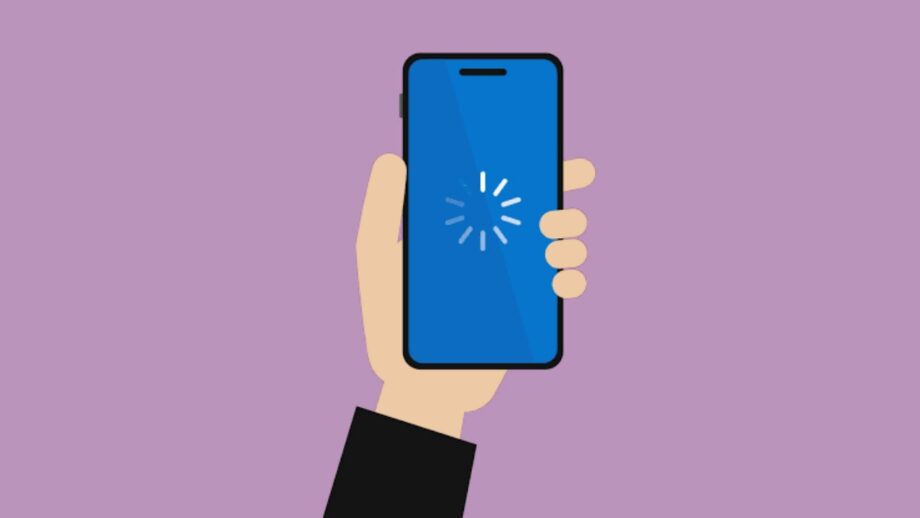There are plenty of reasons why your WiFi is slow. It could be the WiFi signal’s intensity, the wireless channel, your computer or router, or even a network fault. With so many elements affecting WiFi speed, pinpointing the issue and resolving it can be difficult. But, as they say, there’s always a way, right? If your WiFi suddenly becomes slow and you can’t figure out what’s wrong, we’re here to assist you to figure out what’s wrong and how to fix it.
Wi-Fi difficulties can be resolved by restarting the router – In some circumstances, a fast restart of your Wi-Fi router is all that is required to resolve Wi-Fi connectivity issues. To test whether your internet connections are still bad, simply turn off the Wi-Fi network and afterward turn it back on after a few seconds. Reboot your pc, phone, or any other linked device if this doesn’t work.
Slow Wi-Fi could be fixed by repositioning the Wi-Fi router – It’s always a good idea to put the router somewhere high up, like above the closet. Furthermore, before settling on a location, you can always move the Wi-Fi router about your house or office to evaluate which region receives the best signal strength.
Numerous users on a single connection – While a Wi-Fi router does not slow down internet speeds when multiple people use it, your available bandwidth does. You could try halting any of the streams or downloads to reduce the burden on the Connection to the internet. Others may benefit from faster Wi-Fi speeds due to this.
Reset your device’s network settings – If resetting your Wi-Fi router doesn’t work, you should reset your device’s network settings. You’ll effectively be restoring your device’s network settings to their default condition by resetting them. You can then check to see whether resetting your Wi-Fi on all of your devices fixed the problem.
Adjust the antenna on the router – Straightening the antennas on a Wi-Fi router directs Wi-Fi transmissions in a single direction. Ensure that the antennae are oriented vertically and horizontally to allow the Wi-Fi signals to cover a broader area.


